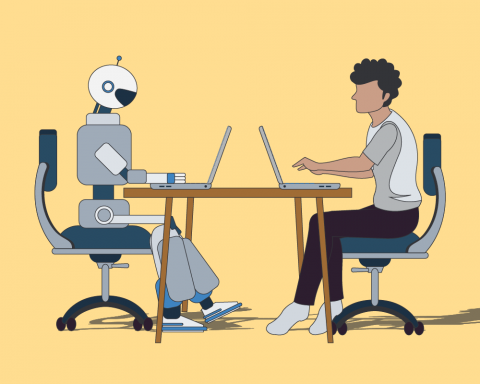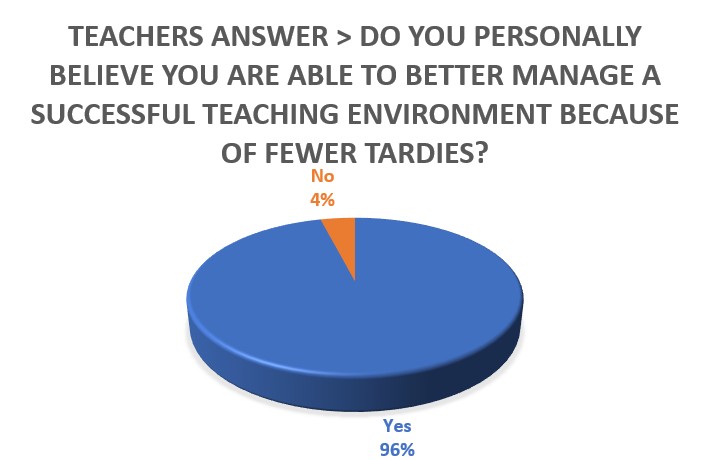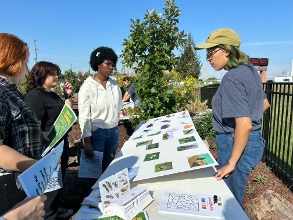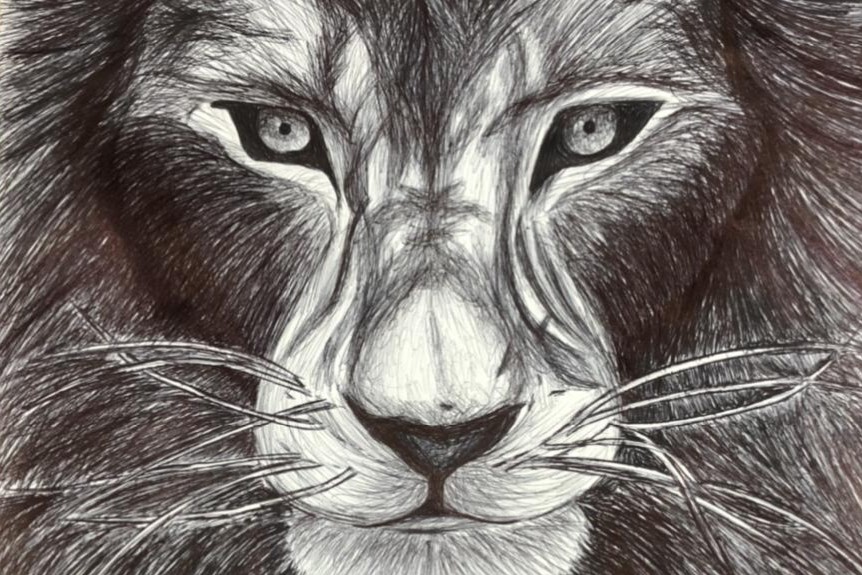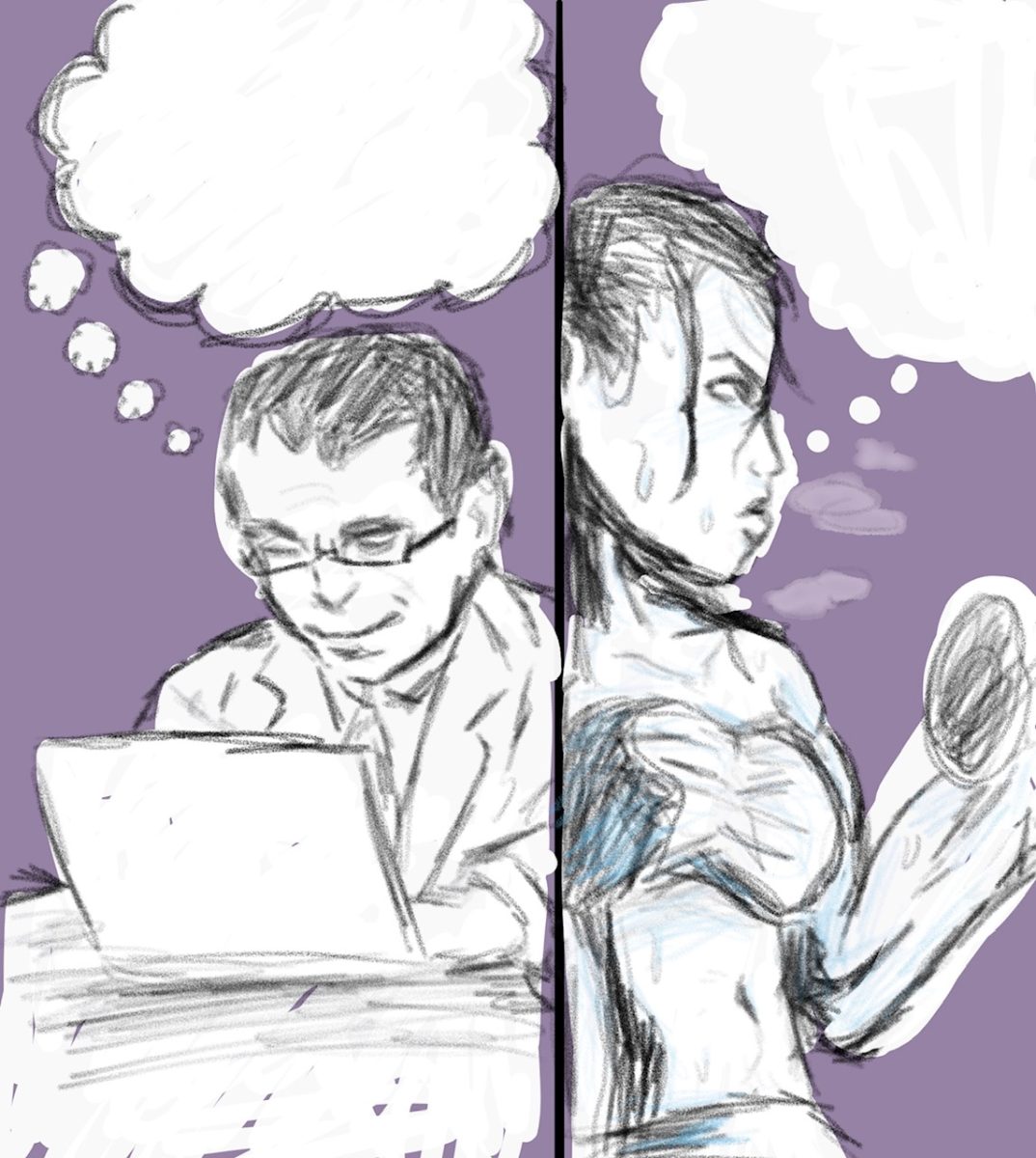Animals that have been extinct are being revived or on the way to being revived. There is a difference between reviving extinct animals and creating near replicas of them.
Scientists are creating animals like woolly mice and dire wolves, which are similar to extinct animals but not identical.
How can these scientists do it and more importantly who will they revive next?
The process of reviving the extinct animals is called de-extinction. De-extinction is the process of bringing an extinct species to back to life, either through cloning or by creating a genetically similar organism using biotechnology. This is the way the scientists are reviving animals.
De-extinction is the combination of gene editing, cloning, selective breeding to make it work. Another essential tool to revive extinct animals is the CRISPR- cas9. These are parts of the whole process that make up de-extinction.
Gene editing is the alteration of the genetic material of a living organism by inserting, replacing, or removing a DNA sequence. Gene editing can be used for treating genetic diseases, creating animal models of disease, and improving agricultural crops. But most importantly it can be used to revive extinct species.

Why gene editing is so important is because it allows scientists to precisely change the DNA of existing animals to add traits from an extinct species. Gene editing is the core of de-extinction and without it none of this would be possible or we would have never made this much progress with de-extinction.
Cloning is a technique scientists use to make exact genetic copies of living things. Genes, cells, tissues, and even entire organisms can all be cloned. Cloning will be one of the ways to revive extinct species.
How cloning can help scientists with de-extinction by creating a genetically identical copy of an extinct species from preserved cells or tissue. But the problem with trying to clone an extinct species is that you need complete DNA or a workable egg for it to work.

Selective breeding is the process where humans intentionally choose organisms with desired traits to reproduce. This led to the evolution of new breeds or varieties of plants and animals over time. Selective breeding already massively effected our lives.
All domesticated animals like cows, goats, sheep, chickens, dogs, horses and many more animals are the result of selective breeding. And it is not just animals; plants too like corn, bananas, watermelons, almonds, carrots, potatoes, strawberries, tomatoes, wheat, apples, broccoli, eggplants, peaches, and more have been a result of selective breeding.
Selective breeding can help with de-extinction by using that technique to selectively breed species that show traits like those of the extinct species. This aim is to create species that have the same appearance and characteristics as the extinct species we are trying to revive.
CRISPR-cas9 is a powerful gene-editing technology that uses a bacterial enzyme, Cas9, to cut DNA at precise locations, allowing scientists to change or repair genes. This technology has helped in biomedical research, disease treatment, and agricultural advancements. It also is a great helper in de-extinction.
CRISPR-cas9 uses a process of restoring extinct species by editing the genomes of living relatives to resemble the extinct species. CRISPR-cas9 allows scientists to test their functions and impact before going any further. So, in this way scientists can save time and be more efficient with de-extinction.

Two animals I know that are related to the de-extinction are the woolly mice and the dire wolf hybrid. The woolly mice were a result of gene editing the mice to have traits of the mammoth. And the dire wolf reborn today is a hybrid of the extinct dire wolf and the grey wolf.
People’s opinions on de-extinction are mixed. Some people think it a wonderful thing and we can see ancient animals and revived animals that didn’t deserve to be extinct. Others think that we shouldn’t try to control life and doing this might break the balance of life.
“If we are not careful, we will break the balance of life in this world,” says Jermiah Johnson, a senior at Proviso East.
Senior Jermiah Griggs says that “bringing these extinct animals back might kill off other predators.” Both think it could be meaningful to do, but we must be careful at every step, or it can have drastic consequences or changes on the balance of life.
If you could revive an extinct animal back to life, what would you choose? Johnson says he chose the saber tooth tiger; Griggs says that he would choose the mammoth, and in my opinion even though it might be wrong I would choose the T-Rex. In the end though the animal that would be revived next will be the one that scientists can do with gene editing, cloning, selective breeding with no problems compared to the others.

In the end, de-extinction is still in the testing phase and we still don’t know much about the correct way or if it is even possible to revive most if not all the extinct animals throughout history. Hopefully, it becomes something positive for us and the world for the future that comes.

